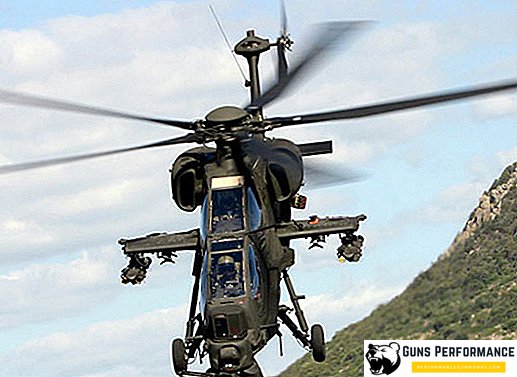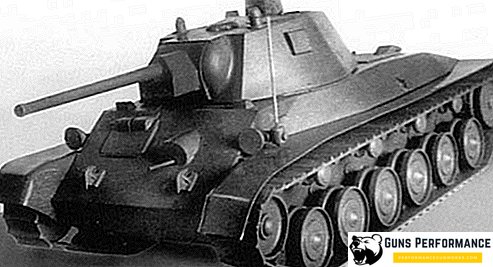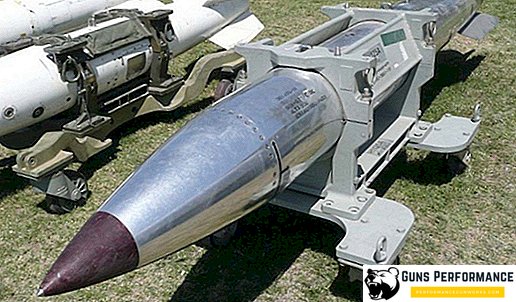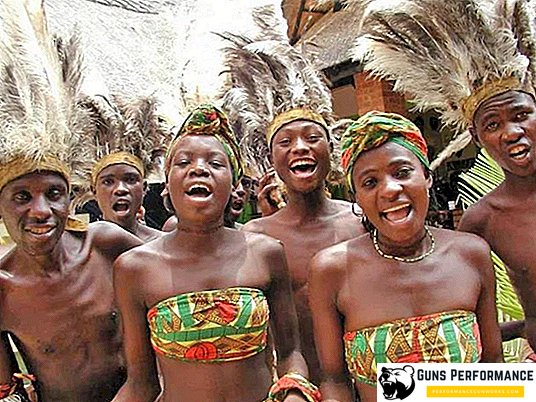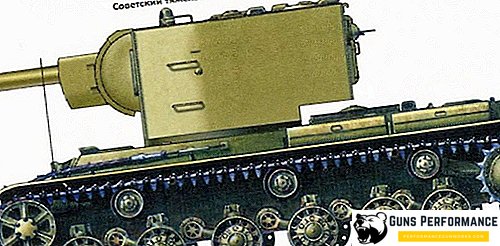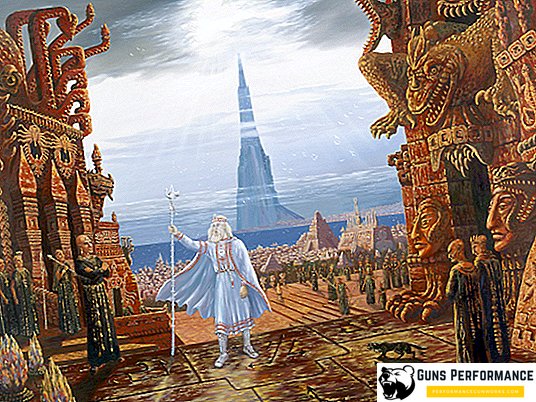One of the most honorable military awards of the Russian Empire is the Order, named in honor of St. George. She was honored by those who distinguished themselves in the service, who showed courage and bravery in battles and who committed the feat of servicemen. Those to whom this award was conferred enjoyed special respect in society.
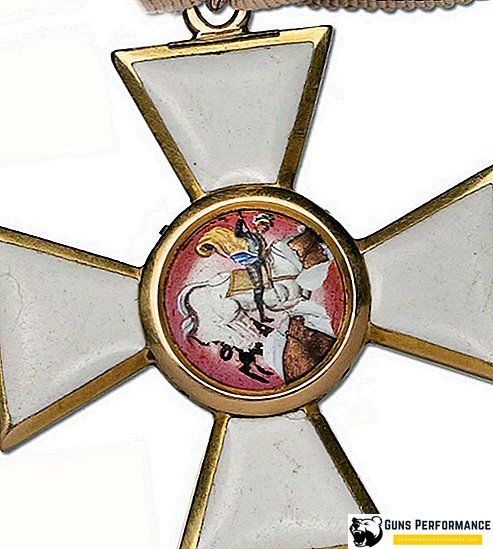
What does the order look like
Order of St. George was made of gold in the form of a cross with sides of equal length. On the front and back sides of the award mark was covered with white enamel, so that the edges remained a gold frame. In the middle of the order there was a round inset with the image of George the Victorious, who struck the serpent with a spear, and on another monogram. For servicemen who did not consider themselves to be in the Christian faith, the image of St. George was replaced by a double-headed eagle.
A distinctive feature of those who received this award was that it allowed them to receive the status of a nobleman. In addition, the use of corporal punishment was prohibited in relation to the gentlemen of the cross.
Award History
The Order of St. George was established on December 7, 1769. Empress Catherine II. It happened at the end of a short time after the end of hostilities between Russia and Turkey. First, the Empress herself entrusted herself with the Order of George of the First Degree, which initially characterized him as an especially honorable award.
Catherine II decided to introduce different categories of honorary award, dividing it into four degrees. First of all, this was done in order to give the opportunity to assign this highest award to distinguished employees of various ranks. In addition, each soldier who was honored with this distinction was promoted.
Degrees of the order
Awarding medals of different degrees was made according to the Order Statute. There were three of them. According to the rules of the Statute, the emperor himself awarded soldiers with orders of the first and second degrees. A third and fourth degree award was awarded to the Marine and Military Collegium, from 1782 the St. George Duma, which consisted of the gentlemen of this honorary order. Also, according to the rules of the Statute, the reward for those who committed the feat, should be made no earlier than 4 weeks.
For 148 years of existence of this award, no more than 12 thousand military personnel received it, which increases its significance among other awards. In total, the St. George Order of the highest degree was awarded to 25 people.
Order of 1 degree

The Order of the 1 degree for the first time awarded herself Catherine II. It happened on November 26, 1769. This event was accompanied by a reception in the Winter Palace. The next time, on July 27, 1770, this award was given to Field Marshal Count P.A. Rumyantsev-Zadunaisky for the victory over the troops of Turkey. Field Marshal General Grand Duke Nikolai Nikolayevich (senior) was awarded this award for the last time (for winning in the city of Pleven).
List of some awarded this distinction:
- Emperor Alexander II (entrusted himself);
- Counts: Orlov-Chesmensky, Radetsky;
- King of Sweden Carl XIV Juhan.
The size of this honorary badge was 50-54 mm. The reward was an appendix - a star, which was made in the form of a rhombus of gold and branched into 32 beams. At first, the star of the order was embroidered, and later began to be made of gold. The sign of the Order of St. George the Victorious of the 1st degree was necessary to be placed near the thigh on a special wide ribbon (approximately 100 mm), put on over the right shoulder, the star was located on the left side.
Order of 2 degrees

In total, 125 people honored with this distinction. Four had a chance to get it during the First World War, the rest - before it began. Initially, this sign of encouragement was received by servicemen in the position of generals: Repnin, Nephews, Bour. They had the opportunity to lead the command of the troops in the difficult battle of Larga, which took place in 1770. The presentation of the honorary badge of 2 degree was completed with the encouragement of the valiant General Yudenich. In total, he received three orders - 2,3 and 4 degrees. And all this is in the period of command of the Caucasian front.
The size of the order of the 2nd degree was no different from the size of the sign of the 1st degree; a star was also attached to it. This cross was supposed to be worn on a tape whose width was 50 mm. She dressed over the left shoulder, the star was located on the same side.
Order of 3 degrees

Initially, the first assignment of this mark of meritorious distinction took place in exactly 3 degrees. Lt. Col. Fabrizian was honored with this cross for displaying courage during the precipitation of the Galati fortress in Turkey. He was awarded on December 8, 1769. The valiant commander-generalissimo managed to get this cross of the third degree at once, bypassing the award with the 4th degree sign, due to the fact that the fourth degree would not correspond to his status.
The size of the insignia of 3 degrees was approximately 43-47 mm. A star was not attached to this cross. Put it on the left shoulder with a tape width of 32 mm.
Order of 4 degrees

February 3, 1770 This badge was awarded for the first time to Prime Minister Patkul. First for the number of years spent in the service, this cross was awarded to Lieutenant-General Springer. Starting from 1913 Order awarded posthumously. The first to whom it was assigned was the pilot Nesterov. Also, this posthumous award was conferred on two women: the Queen of the Two Sicilies, Maria Sophia-Amalia in 1861, the second — Rimma Ivanova, the sister of mercy, who instead of the deceased officer sent a detachment of soldiers to the battle. Having received a battle wound in this battle, the heroic woman died.
The size of this cross was approximately 34 mm. The star was not attached to it. Worn it on the left side of the tape width of 22 mm.
When awarded most often?
The largest number awarded this award was in the days of the First World War. Before the outbreak of hostilities in 1913. it was decided to slightly change the status of this distinction. First of all, they reset its numbering and gave it a new name - St. George's Cross.
Number of soldiers awarded this award (For Heroism):
- 1st degree - 33 thousand;
- 2 degree - 65 thousand;
- 3 degree - 289 thousand;
- 4 degree - 1 million 200 thousand
Including among them are Vasily Chapaev (he was awarded 3 crosses) and Konstantin Rokossovsky (2 crosses).
In addition, at this time the St. George Medal was established instead of the former medal "For Bravery". It also consisted of four species. Only the lower ranks were awarded.
St George Order in the 21st Century

In August 2000 The Russian president issued an order to return the Order of St. George the Victorious to the Russian list of awards. In modern Russia, this distinction is the highest and very honorable. He is honored by officers of the highest rank for services to the Fatherland during the hostilities.
In August 2008 The first to receive this award in the 21st century was Colonel-General Sergey Afanasyevich Makarov. In the period 2002-2005, he was deputy commander in the troops of the North Caucasus District. He was a participant in hostilities in South Ossetia in 2008.
Another officer who honored this cross was Anatoly Lebed. He also participated in the hostilities in the North Caucasus. He acted in armed clashes in Chechnya.
This award is of great importance for modern society. The valor and courage of the military in our country have always had special value and never went unnoticed. Order of St. George can rightly be considered one of the most important awards of the Russian Empire and Russia in the 21st century.


